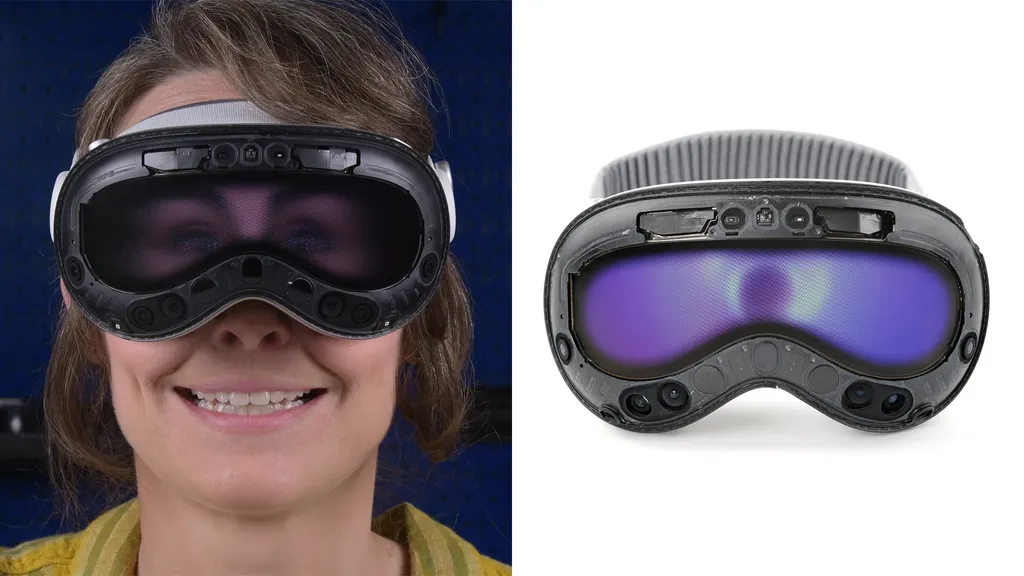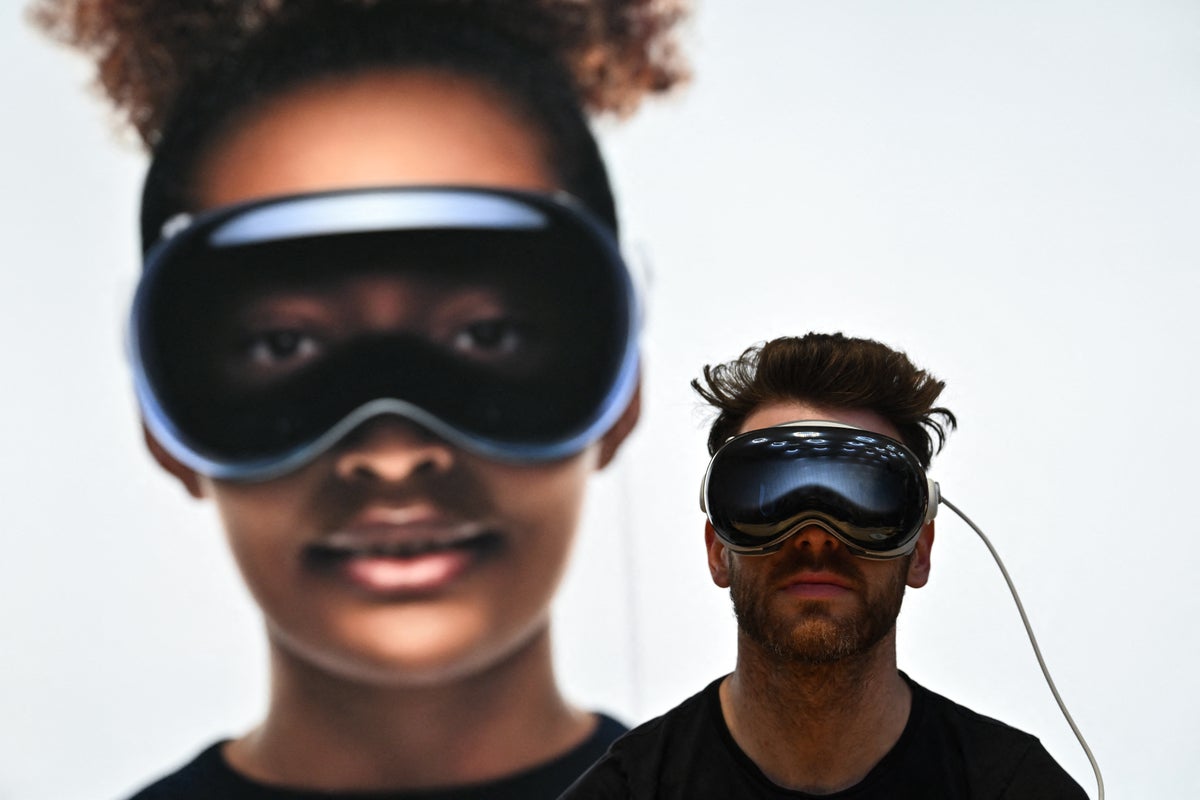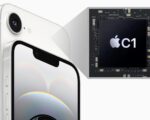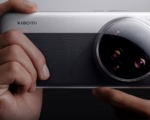Unlocking the Magic: Apple Vision Pro’s Stereoscopic Eye Display Explained
The recent teardown of Apple Vision Pro, the tech giant’s cutting-edge ‘spatial computer’ recently launched in the US, has unveiled intriguing insights into its innovative EyeSight display. Revealed through the disassembly process, the headset’s glass shell comprises three distinct layers designed to facilitate a mesmerizing 3D rendition of the wearer’s eyes, complete with a stereoscopic effect. This technological marvel allows for a captivating visual experience, albeit with a dimmer appearance compared to Apple’s promotional demonstrations of the headset.
In a comprehensive breakdown of the Apple Vision Pro’s internal components, iFixit delved into the intricacies of the headset’s design.
Notably, the front panel, resembling ski goggles in appearance, features a trio of layers. In addition to the OLED screen positioned at the forefront, the Vision Pro incorporates a lenticular layer alongside a widening layer. The harmonious integration of these three layers culminates in the creation of a lifelike 3D representation of the wearer’s eyes, showcasing the fusion of cutting-edge technology and innovative design.
In order to achieve the stereoscopic effect for the 3D image of a person’s eyes, Apple equipped the Vision Pro with a lenticular lens on top of the OLED display, that is designed to show different images from various angles. iFixit says that the Vision Pro can generate a “3D face via the stereoscopic effect” by using images of the face that are sliced, interpolated, and displayed from miniscule angles serving left and right eyes.

As a result of displaying both of the images on the same display, they must be shown at a reduced resolution that leads to a blurry result, the firm explains.
Meanwhile, the second lens on top of the Apple Vision Pro expands the 3D view of the other lenticular layer so that the eyes don’t appear too close to the wearer’s nose.
The combination of these layers reduces the visibility of the wearer’s eyes via the EyeSight feature, and the viewing angles are also reduced. iFixit has also shared a video that shows the OLED display under the two layers with what appears to be some artifacts displayed at the left and right edges of the screen — these are only visible when the other layers are removed. You can read more about the external display on the Vision Pro via the teardown post linked above.

















